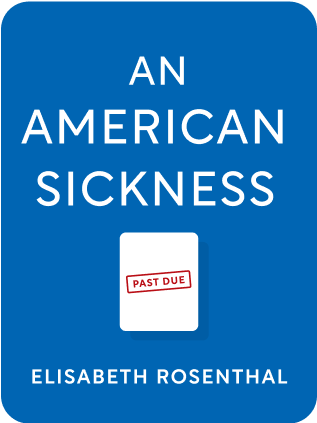

This article is an excerpt from the Shortform book guide to "An American Sickness" by Elisabeth Rosenthal. Shortform has the world's best summaries and analyses of books you should be reading.
Like this article? Sign up for a free trial here .
What is medical coding? Who creates and maintains medical billing codes?
In the United States, medical billing codes are used to identify medical procedures and communicate to health insurance companies the type of treatment that has been provided to the patient. Three types of billing codes are now prevalent: CPT, HCPCS, and ICD.
Keep reading to learn about medical billing, its history, and its implications for healthcare providers.
A Brief History of Medical Billing
Disease codes were first used for epidemiological purposes. The WHO created the ICD to formalize the classification of conditions.
In 1979, the U.S. used ICD codes for Medicare/Medicaid claims, creating their own version of ICD, the ICD-CM.
Getting a code for a condition is a big deal, because it becomes classified as a formal disease, and it obligates insurers to pay for it. Obesity got its code in 2013.
Because medicine advances quickly, medical billing codes often change. This has spawned an industry dedicated to billing codes, with contractors arising both to help providers bill for more and to help insurers pay less.
How Codes Help Billing
The key to maximizing billing is to understand that different medical billing codes have different prices.
- The code for “acute systolic heart failure” pays thousands more than “heart failure” because it is more severe and has defined conditions (such as less than 25% of blood pumped with each beat, undergoing an echocardiogram, and taking a water pill).
- A finger fracture (99282) gets higher pay if a narcotic painkiller is prescribed (99283). Even better, you can bill separately for the painkiller!
Perversely, this can cause overtreatment to fit the higher paying, more complicated code.
To put some limitation on prices, insurance companies have negotiated rates with hospitals for billing codes. Unfortunately, hospitals have been shown to charge the uninsured 2.5x more than those covered by insurance.
Tug of War
Billing is essentially a tug of war between providers and insurers.
Providers will bill for whatever they can. Not only does this mean billing for the most expensive treatments allowable, sometimes third-party coders will inappropriately code for treatments that never happened. One patient with a Jewish name found a charge for a circumcision for his newborn son, even though they didn’t even have a circumcision performed.
In turn, insurers will deny claims as overreaching. They also outsource precertification to contractors, firms that check for coverage and get money by denying care.
Billing Complexity Affects Doctors
With the increasing complexity of billing, single doctors have found it too difficult to run all the checks for a patient’s treatment, including whether the doctor participates in the patient’s insurance plan, whether a procedure is covered, and whether the procedure needs authorization from the insurer.
This is one reason independent doctor’s offices are rare. Instead, doctors have banded together into independent physician associations to better handle overhead costs.
Patient Advocates
To help empower patients to make more informed care decisions, patient advocates can now be hired by employers to estimate local prices and give advice on where to get care. If an advocate costs, say, $50 per employee, they can help save money on the average patient.
Patient advocates also make money by reselling price data to hospitals and insurers who want to know how much their competitors are getting reimbursed. However, advocates don’t share their price lists with customers, since this would remove part of the need to hire them.

———End of Preview———
Like what you just read? Read the rest of the world's best book summary and analysis of Elisabeth Rosenthal's "An American Sickness" at Shortform .
Here's what you'll find in our full An American Sickness summary :
- How U.S. healthcare got to the state it's in today
- Why it's so difficult to make any changes to the healthcare system
- What you can do to lower your personal healthcare costs






